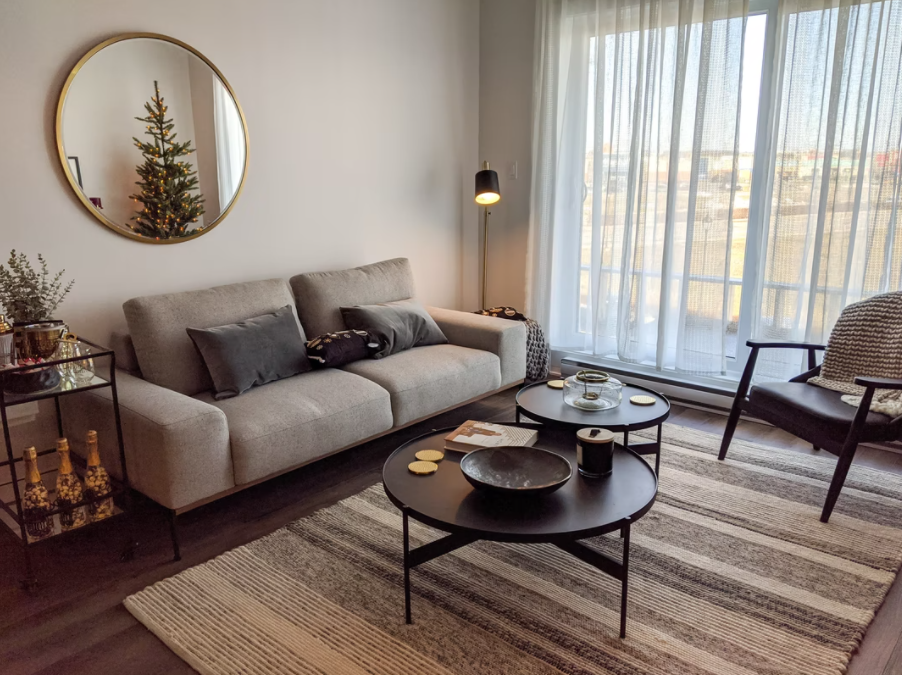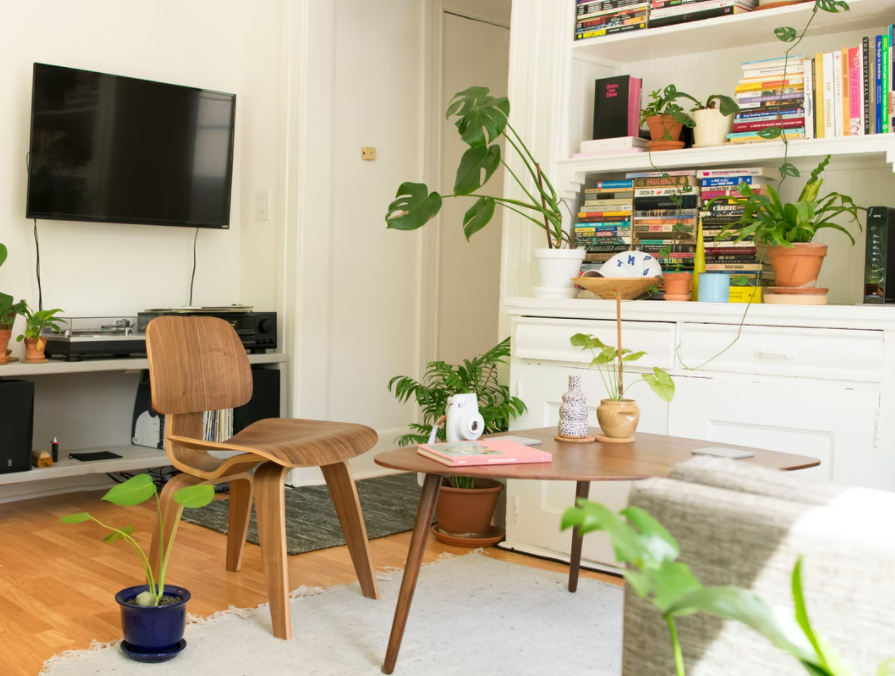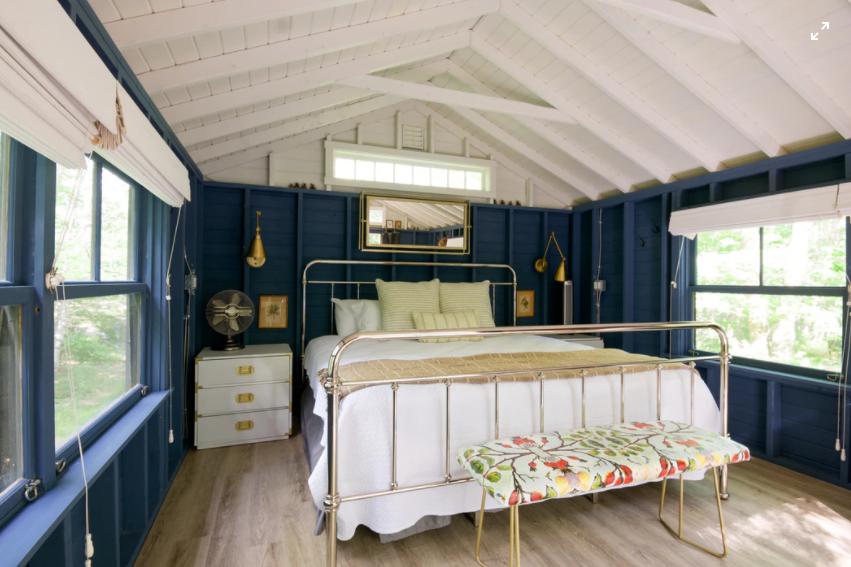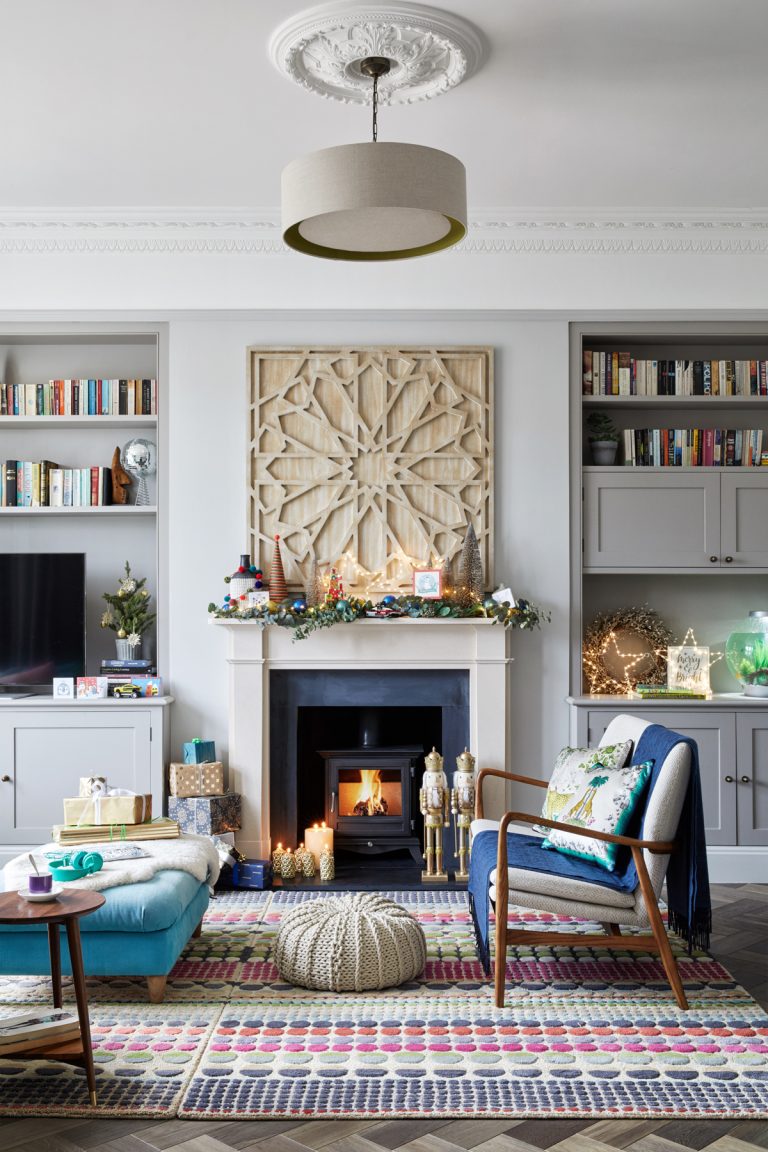Minimalism vs Maximalism: Aesthetic Competition of the Millennium!

For the past few years, there’s been a discernible trend in interior design toward minimalism!

Photos By: Stock Images
Less, it seemed inarguable, must always be more. And thus we were all encouraged to spend most of our lives working out how we could most effectively declutter our interiors, and cutting every living room, kitchen and bathroom down to bare, functional bones. Perhaps inevitably, we’re now seeing a swing in the other direction. Rather than keeping everything simple and minimalistic, some interiors benefit from throwing huge amounts of colour and visual interest to a room.
Interestingly, though, minimalism hasn’t gone away. Which means that in 2022, we’ve got two contrasting schools of thought operating side by side.
What are the differences between minimalism and maximalism?
It might seem obvious that minimalism involves using not very much stuff, and maximalism involves bringing in lots of it. But in practice, the rules are a little more concrete.
A minimal interior might draw inspiration from a very limited colour palate. You might restrict yourself to a particular theme when it comes to contrast and texture, too – perhaps only using items that are found in the natural world, with rounded edges and rough surfaces being preferred to right-angles and gleaming chrome. Or, of course, you could go with the opposite.

Minimalism is linked to mental wellbeing, since the spaces it creates are designed to be easily processed. A few tactile elements can help to add a little bit of visual interest without being noisy. For example, you might go for knurling on your handles, or prefer coarse fabrics to fine ones.
Maximalism doesn’t follow these rules – or, really, rules of any kind. It’s about making every colour and surface as bright and personality-rich as possible. This gives you the opportunity to bring in all of the items that you really want, irrespective of how they might or might not work together.

Rise of Minimal Maximalism
You might think that these two philosophies are incompatible with one another. But you can actually make them work together. You can limit the maximal sections of a given space to just a few accented areas. So, while your furniture and lighting might be minimal, you might have a section of wall that makes a statement. Instead of layering maximal and minimal ideas over the top of one another, you’re putting them in separate miniature sub-spaces within the same interior.
This compromise makes it easy to incorporate plenty of loud, eye-catching elements without coming up with a result that’s going to be garish and overwhelming in time. This can actually be liberating, as it’ll give you the peace of mind you need to make bold decisions without fear that you’ll go too far.






